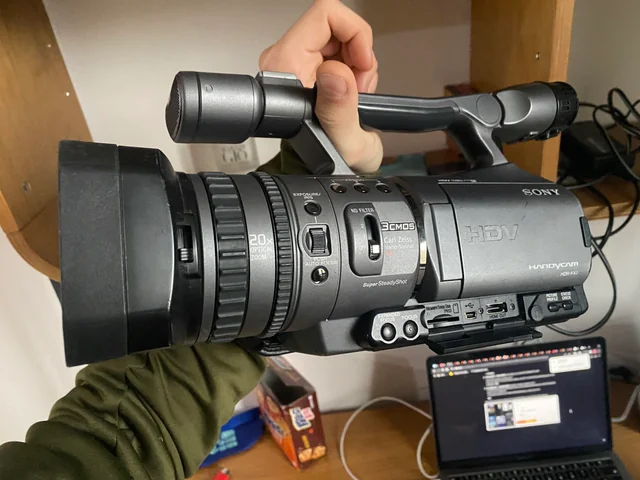In the age of algorithms, where words are woven by code and creativity is simulated by circuits, one question looms large — how do we know if what a machine creates feels human? Imagine you’re watching two painters work: one is human, the other a robot trained in centuries of art. Both produce a sunset scene. The colours look perfect in both, but something subtle — the warmth, the brushstroke rhythm — gives one away. Evaluating that “something” is the heart of human evaluation, where blind human raters quietly judge whether the soul of creation still belongs to humans.
When Machines Write, Who Decides What’s Good?
Automated evaluation metrics — BLEU, ROUGE, FID — act like rulers and protractors, measuring grammar, precision, and structure. But human creativity is rarely so cleanly measurable. When an AI writes a poem or designs an image, its quality is less about matching words and more about resonance. Did it make someone pause? Did it feel authentic? These are not mathematical outcomes; they are emotional responses.
That’s where human raters enter. Blind evaluation means these raters don’t know which piece came from an algorithm and which from a human. Their only task is to judge — not by logic, but by instinct. It’s the most accurate test of a model’s success. Students who join a Generative AI course in Pune often learn that this blend of logic and emotion is what ultimately defines machine creativity. It’s less about perfect code, more about imperfect humanness.
The Anatomy of a Preference Trial
A preference trial is simple in design yet profound in implication. Two or more versions of a generated text, image, or audio clip are presented side by side. Human evaluators must decide which one “feels” better — smoother dialogue, more coherent narrative, or higher emotional impact. The raters don’t know which version belongs to which system; their choice is unbiased and instinct-driven.
This process mimics how people consume content naturally — without overthinking. For instance, when you scroll through social media, you instinctively pause on something that looks authentic. Preference trials capture that same impulse and convert it into data, guiding engineers on which model resonates best. In structured training programmes like a Generative AI course in Pune, students often simulate such trials to understand why human intuition remains irreplaceable, even in a world full of precise algorithms.
Why Machines Need Human Senses to Learn
Think of AI as a young apprentice learning from countless masters. Metrics can teach it technique, but only humans can teach it taste. A machine might learn sentence symmetry but not sentiment, melody but not mood. When human raters compare outputs blindly, they inject a sense of humanity into the feedback loop.
The best AI systems today rely heavily on Reinforcement Learning with Human Feedback (RLHF), where people’s preferences literally shape the model’s brain. Each time a human prefers one output over another, the AI refines its internal parameters to “think” more like us. It’s as if the machine is slowly learning to interpret not just what we say, but why we like saying it that way.
The Challenges of Measuring the Unmeasurable
Human evaluation, despite its elegance, isn’t without flaws. Our judgements are coloured by personal bias, fatigue, and cultural context. What one person finds creative, another might find confusing. A joke that delights a British reader might puzzle someone from a different culture.
To minimise bias, evaluators are trained to focus on specific attributes — coherence, fluency, novelty, and realism — but even these have shades of interpretation. Moreover, scaling such trials for large datasets can be expensive and time-consuming. Technology may be fast, but human judgment requires patience — and patience is what gives these evaluations depth.
AI researchers now mix human ratings with automated metrics to balance intuition and objectivity. The future might even see collaborative panels of humans and algorithms jointly scoring creative works, each complementing the other’s weaknesses.
Stories Hidden Behind Every Score
Behind every evaluation score lies a human story. Consider two AI-generated short stories: one flawless in grammar but lifeless, another chaotic yet moving. A metric like BLEU might reward the first, but human judges would almost always prefer the second. This preference is the silent whisper of human creativity — the desire for imperfection, surprise, and emotion.
When raters choose the imperfect story, they’re teaching machines a subtle truth — that creativity is not compliance, but rebellion. It’s the reason AI-generated music or literature often improves after being trained on human-rated feedback. The trials are not just measurements; they’re conversations between humanity and its digital reflection.
Conclusion: The Mirror We Hold Up to Our Creations
Human evaluation is more than a scientific process; it’s a philosophical checkpoint. It reminds us that while algorithms can imitate human thought, they still rely on humans to define meaning. Masked preference trials are, in a way, mirrors — reflecting how we perceive art, empathy, and authenticity.
As AI continues to grow, human judgment won’t fade; it will evolve. The best models of tomorrow will not just calculate — they will connect. And every time a human rater chooses one output over another, they are teaching the machine something profound: that creativity is not about accuracy, but about emotion.
Through this ongoing dialogue between minds — biological and artificial — we are redefining what it means to create, to evaluate, and ultimately, to be human.
